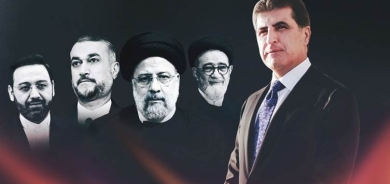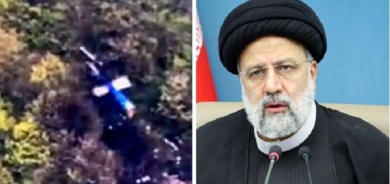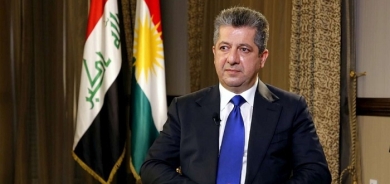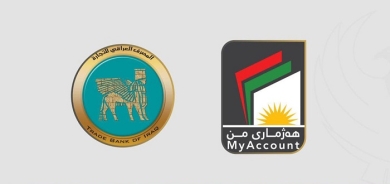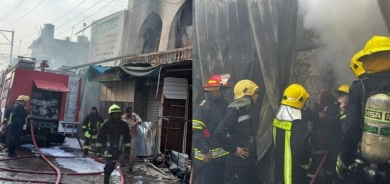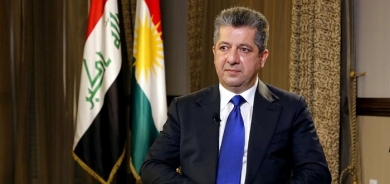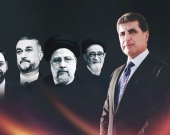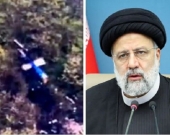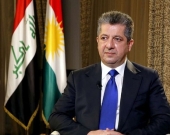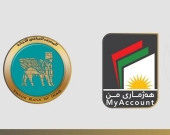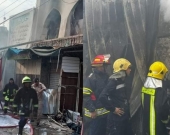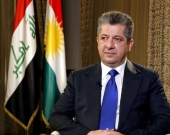Former Ansar Fighters Active in Iranian Kurdistan
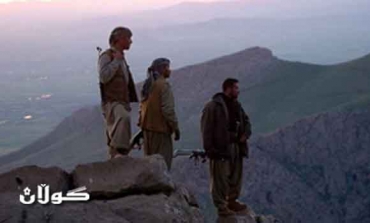
Unconfirmed reports say the fighters settled in the Saqiz and Bana districts of Iran with the knowledge of Islamic Republic authorities.
In the years following the U.S. invasion of Iraq, small-scale skirmishes took place across the Kurdish-Iranian border, which Kurdish security officials said were carried out by Islamist rebels based in Iran.
According to information obtained by Rudaw, more than a dozen Ansar members have been killed in action in Iraq and Afghanistan. They have blown themselves up as suicide bombers or killed in battle.
Some members are said to have left Iran for Pakistan or Afghanistan.
Khalid Tawakuli, a Kurdish sociologist based in Saqiz, says, “These Salafis and radical groups have come to our region in the past few years and started their activities and were able to recruit many young people. They hold indoctrination meetings at night.”
Kawa Bahrami, director of the political commission of Kurdistan Democratic Party in Iran (KDPI), says the Islamists run recruitment and training courses for youth willing to join their fight.
“They also give military training to recruits in their special bases,” he said. “Last year, they had a training camp near Jwanro where they were openly teaching young Kurds how to carry out suicide missions and other terrorist acts.”
Tawakuli believes social problems are the main drive for youth who join the radical group.
“Social problems such as drugs, poverty, national problems and the political vacuum make these radical groups grow,” he says.
Bahroz Ardalan, director of the Organization of Struggle of Iranian Kurdistan, thinks that it is lack of political freedom and the harsh policies of the Iranian regime that push youth to religious extremism.
“What happens in the Kurdish region in Iran at the hands of these radical groups is the result of policies of the Iranian regime towards Kurds,” he says. “The lack of freedom and high unemployment rates in the Kurdish regions make Kurdish youth an easy target for these radical groups.”
Iranian authorities deny the presence of such groups in their territories and Tawakuli believes the radical fighters act in secrecy and avoid Iranian authorities.
But Ardalan is convinced that Iran is aware of and supports the radical group.
“The Iranian regime does not consider these radical groups a threat but as obstacles to Kurdish national parties and their future; therefore, it supports them directly and indirectly,” he says.
KDPI’s Bahrami thinks that, with their religious convictions and lack of national aspirations, these radical fighters might one day stand in the way of the Kurdish national struggle.
“They do not oppose national issues openly in the public, but they are radically against national rights for the Kurds and will become an obstacle in the future in the Kurdish regions of Iran,” he says.
Saman Rasulpour, a journalist and human rights activist, says that Iran uses members of the group to fight Americans in neighboring countries.
“They have a free milieu in the Kurdish regions of Iran and openly call people in the mosques to join their groups,” says Rasulpour. “Iran has benefited a lot from these radical groups because they prepare Kurdish youth to fight Americans and their allies in Afghanistan and Iraq.”
Rudaw

